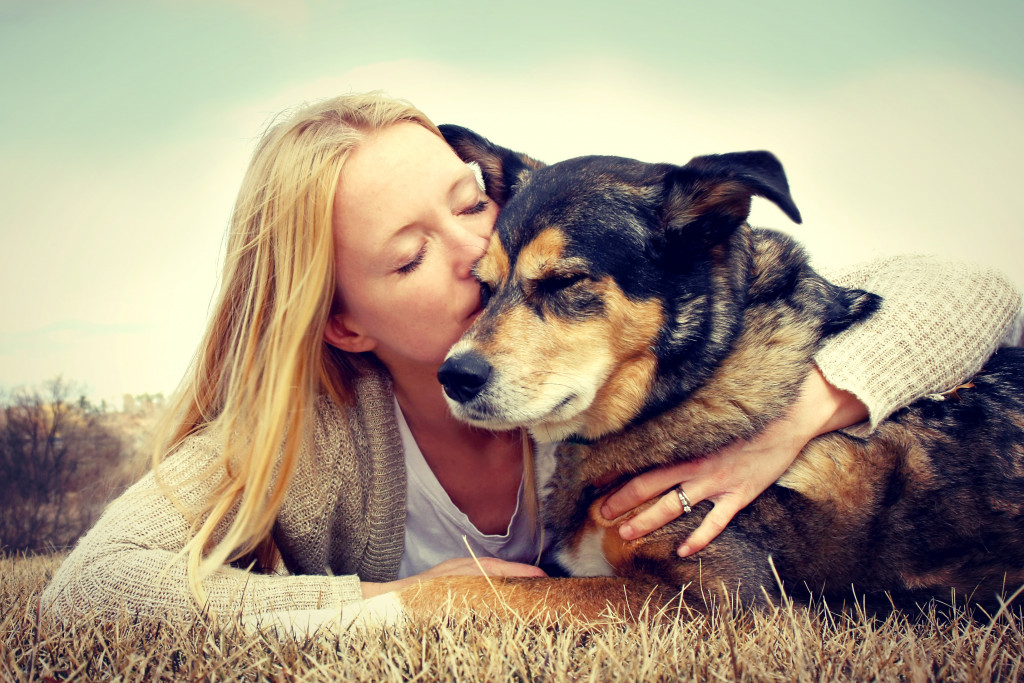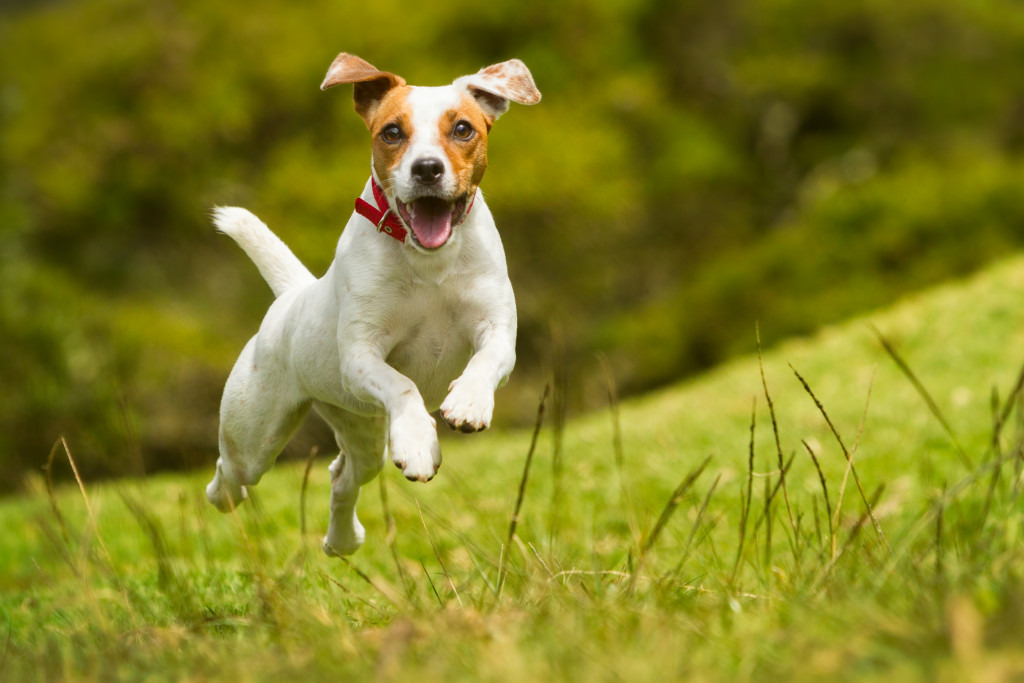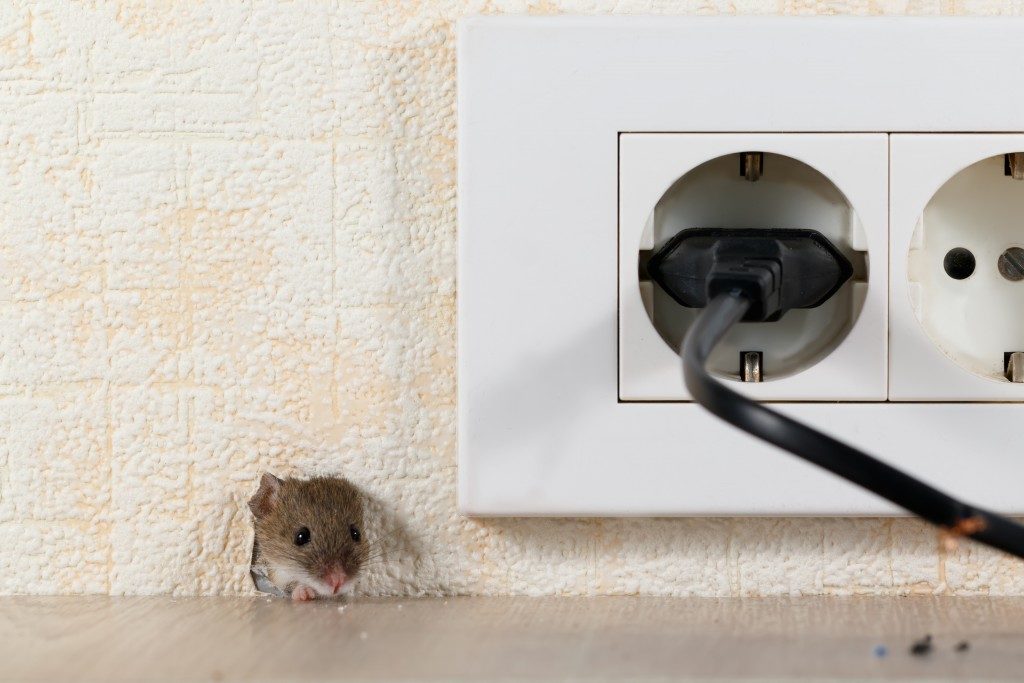Humans have coexisted with animals in the natural environment for untold millennia. Yet out of the vast number of animal species, only a handful have ever been successfully domesticated. Domestication requires an incredible amount of effort to modify the human-animal relationship into something highly symbiotic.
The process also takes several generations, as animals must have been selectively bred for traits that were favorable to the domestication of the breed. And our ancestors accomplished all this without modern science. They did so by ensuring the knowledge of pet-keeping was handed down through each generation.
Owning a pet is commonplace today. Yet the dynamics between pet and owner vary greatly. Our attitudes towards the welfare of the animals we supposedly care for are largely determined by how well-informed we are about this relationship.
The unfortunate reality is that many people become pet owners without fully understanding the scope and scale of this undertaking. The transfer of practical know-how and values is often missing, and the internet is scarcely a proper replacement. Pet-keeping is a long-term relationship, but people can get into it thinking only of what’s in it for them. They forget to see things from the animal’s perspective.
The outdoor cheat code
One of the foremost problems of this flawed relationship is when we try to integrate pets into modern homes. A house is, by default, designed for human occupants. Token consideration for our relationship with animals may be seen in the presence of pet doors or spaces for kennels, litter boxes, and the like.
But homeowners likely draw the line when it comes to scratching or chewing on furniture and carpets. And they don’t necessarily consider if that scratch-resistant tiled flooring is really comfortable for their pet to walk on.
Having an outdoor space in your home can be a cheat code out of this problem, but only if it’s effectively designed for the pet in question. Remember that maintaining a lawn can be labor-intensive unless you have professionals taking care of the irrigation installation. If that space is all flat grass, it’s great for dogs to run around in, but maybe less fun for cats, which love to exercise their predatory instincts.
Patches of unkempt grass or shrubbery give cats a chance to practice stealth, while trees extend the play opportunities to include climbing. Prey species like rabbits, on the other hand, would also appreciate having those areas of cover, instead of feeling constantly stressed and exposed to danger out in the open.

Changing behavior
This relates to the deeper issue of animal behavior. We’re accustomed to thinking that pets need to be trained, and behavioral problems must be fixed somehow. Yet veterinary science recognizes that many such issues can be traced to a poorly managed environment.
Some pets, for instance, may not tolerate loud noises, especially coming from mechanical sources like vacuum cleaners or car engines. Pets can also be stressed by foot traffic, especially if it’s in the same area as their kennel or den. Their senses of smell and hearing are far more acute than ours. Using pet-friendly household sprays and cleaning agents, or muffling the door and latch of a metal cage, can go a long way towards relieving them of stress. Sometimes, the behavioral adjustments need to be done on the owner’s side as well.
Considering compatibility
Sadly, with living space now coming at a premium, and many people now spending a chunk of their lives in concrete urban sprawls, not every home can afford outdoor areas. Not all pet owners can embrace the distressed aesthetic that tends to come with having an animal around the house.
If that seems to describe your situation, it’s only fair, then, to re-evaluate your motives and capabilities for pet-keeping. In light of how domestication has evolved as a two-way relationship between humans and animals, we need to make sure we can be truly responsible owners.
People often keep pets for companionship, especially when having children isn’t a realistic option. But just as you’d carefully consider whether you’re ready to have kids, how much that would cost, and how your living arrangements would have to change, pets need the same. Ask yourself if you have enough space in your living quarters to accommodate a certain kind of pet and if it’s appropriately designed.
Think about how much you’re willing to adjust your behavior. You might find that you’re up to the task. Or you might realize that getting a fish tank or bird feeder is a sensible move. Ultimately, what matters is that you avoid putting animals in an unwanted, uncomfortable living situation.



